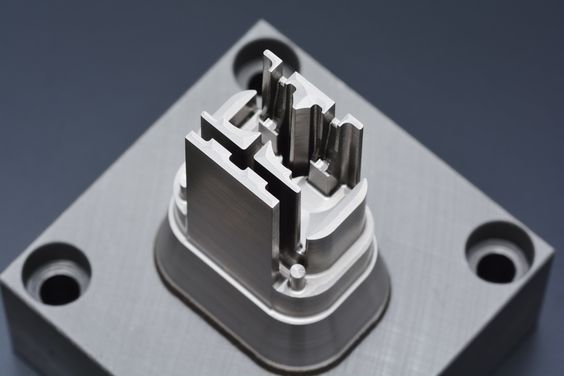 St. Paul, MN (July 9, 2019) — According to Kip Hanson, Contributing Editor for AdvancedManufacturing.org, designing and manufacturing plastic injection molds is a difficult way to earn a living. Here’s what the industry is doing to make it a little easier.
St. Paul, MN (July 9, 2019) — According to Kip Hanson, Contributing Editor for AdvancedManufacturing.org, designing and manufacturing plastic injection molds is a difficult way to earn a living. Here’s what the industry is doing to make it a little easier.
Of all the different manufacturing disciplines, plastic injection moldmaking is perhaps the most challenging. Part accuracies are best measured in microns. Surface finishes often approach optical levels. The metals used in mold production are both tough and exceedingly hard, while the machined surfaces found in a typical mold cavity are quite complex, with intersecting curves and angles that would stump a mathematics major.
Worse, each mold might contain several of these cavities—or several dozen—with hundreds or even thousands of mating components that must be painstakingly assembled before the mold will actually produce a perfectly-formed Yoda doll or plastic tackle box. Again, moldmaking is difficult work.
The good news is help is here. In some respects, however, manufacturing the mold is the easier part. Mold design carries its own set of unique challenges. There’s unrelenting pressure to deliver a cost-effective design that performs as expected, with tight timelines and competition both domestic and abroad. Fortunately, there are a fair number of companies that recognize this, supporting moldmakers with tactics and technologies that make this vital industry a little easier to navigate.
One of these is San Rafael, Calif.-based Autodesk Inc., suppliers of design and manufacturing software products including PowerMill, Moldflow, and Fusion 360. Marketing Manager Clinton Perry suggested that moldmakers face many of the same challenges found in any manufacturing sector, but thanks to a higher level of complexity, the stakes are somewhat higher with moldmaking.
“Speed to market is a major focus in the industry, a factor that’s exacerbated by the many months it might take to design, build, and test a production-grade mold,” he said. “Just as there’s massive pressure on moldmakers to ensure they can deliver on time, it’s also crucial that they’re able to deliver high-quality components. Anything that we as suppliers can do to ensure that mold components come off of CNC machine tools mostly ready to go, with a minimum of post-processing, addresses both of these considerations.”
One of the tools to accomplish this is computer-aided design and manufacturing software designed specifically for moldmakers, he noted. This means functions such as plastic flow and cooling analyses, molded part optimization, shrinkage and warpage compensation, and other design-related activities. Further, because moldmaking is often a collaborative effort, the ability to share information via the cloud is an increasingly popular request from customers and manufacturers alike.
On the manufacturing side, robust simulation and verification capabilities validate that the NC code used to drive machinery will not only be completely accurate, but safe, with no chance of collision, gouging, or uncut material. “Even an entry-level CNC machine tool can be expensive, but the ones used by moldmakers cost far more,” he said. “Our job is to make sure that no equipment or tooling gets damaged during the machining process, and that shops can get the most out of their hard-earned investment.
“Take machine collisions as an example,” Perry continued. “It’s essential that CAM software can identify hazardous motion before anyone goes near the actual machine, but it’s more advantageous if the CAM software can go further and automatically modify the program to avoid the collision completely. Crucially, all of this must be achievable without the CAM programmer needing to be a software Jedi master.”
Thinking Additively
While traditional machining methods for moldmaking are evolving, there’s also an elephant in the moldmaking room. It’s called hybrid manufacturing, and if Tom Houle has anything to say about it, this novel approach to mold manufacturing will be coming soon to a shop near you (or perhaps your own).
The director of the LUMEX line of metal sintering equipment for Matsuura Machinery USA Inc., St. Paul, Minn., Houle is quick to tell you that in the two years since its introduction, this machine is already having a dramatic impact on the moldmaking industry.
How does it work? As with other metal powder bed 3D-printing technologies, the LUMEX uses a high-power laser to build parts one layer at a time, working its way from the bottom up until the workpiece is complete.
The LUMEX, however, is also equipped with a 45,000-rpm milling spindle, which is programmed every few layers or so to precisely machine away excess sintered material. The result is a mold (or most any other metal component) that’s every bit as accurate as those produced with traditional methods, but with far fewer design constraints.
“The return on investment is threefold,” he said. “Number one, our customers are seeing the value that comes with implementing additive manufacturing technology into their tools. These include conformal cooling channels, porous venting, and virtually no concerns over deep ribs. Secondly, it’s quick-turn manufacturing, which means the ability to build a production tool in days versus weeks or months, with reduced tooling costs. Finally, those toolmakers who are also injection molders are reaping the additional benefits of cycle time savings, thanks to an additively manufactured mold’s far greater cooling capabilities.”
This last part is the big kahuna. Houle offered multiple customer case studies, all showing 25-45 percent reductions in cycle time. For one large OEM in the St. Paul area, this adds up to a $5.5 million savings over the projected five-year molding life of a multi-part assembly.
The investment is significant. Houle said that a LUMEX will cost roughly the same amount as a high-quality machining center and a metal 3D printer combined, but considering the benefits, the cost should be easy to justify for many moldmakers.
According to Houle, Matsuura’s Hybrid additive/subtractive machining produces highly accurate parts from metal powders that are melted and sintered using a laser while surfaces are precisely milled at high speeds. This technology allows the ability to “grow” a metal component in layers with complex internal features and fine mill those internal features, as the layers are added, to give a perfect surface finish are what makes the LUMEX Series such a distinctive, unique and remarkable production platform and machine tool.
Matsuura Machinery USA, Inc., located in St. Paul, MN is the U.S. subsidiary of Matsuura Machinery Corporation in Japan. Since 1935, Matsuura has been the forerunner in designing innovative technology and manufacturing solutions to a variety of industries around the globe. Matsuura Machinery USA, Inc. delivers unmatched excellence in 5-axis, vertical, horizontal, linear motor, multi-tasking CNC machine tools and machines with a powder bed metal AM platform with machining capability. Matsuura Machinery USA, Inc. provides the service, applications and technical field support that have always been the Matsuura standard for business.
For more information about Matsuura, please contact: [email protected] or visit: www.matsuurausa.com.
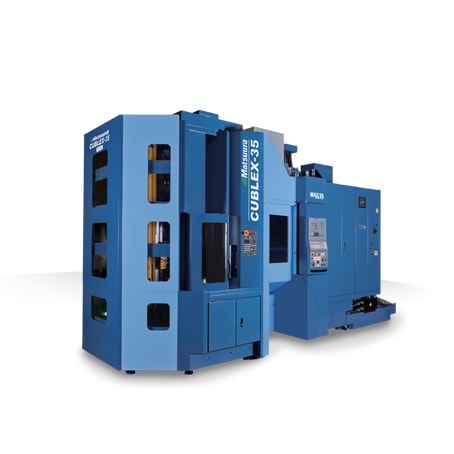
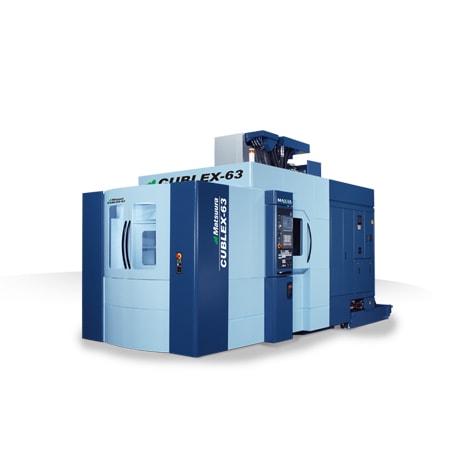
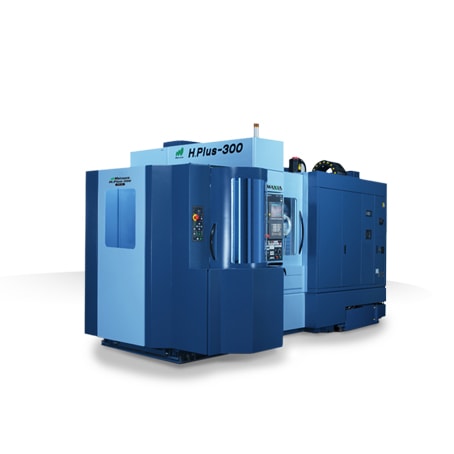
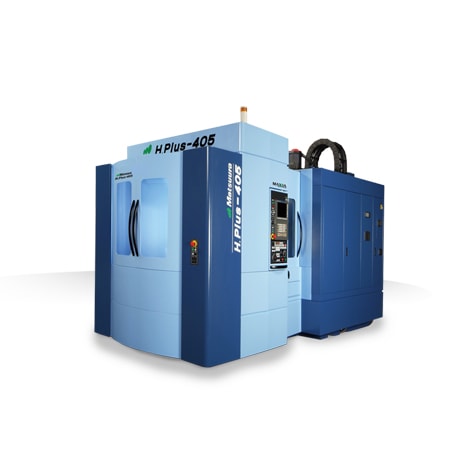
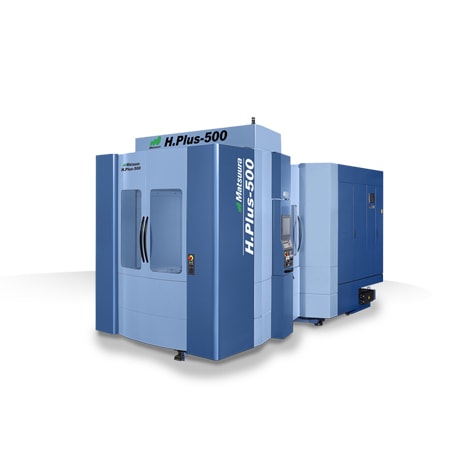
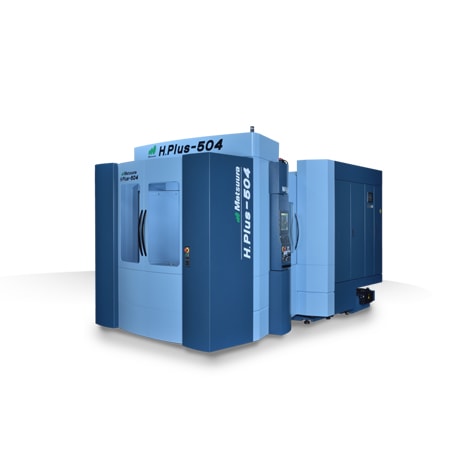
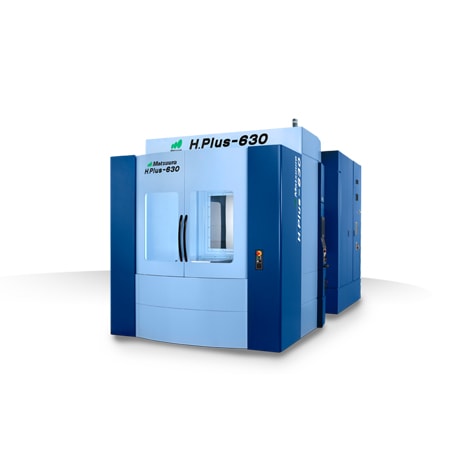
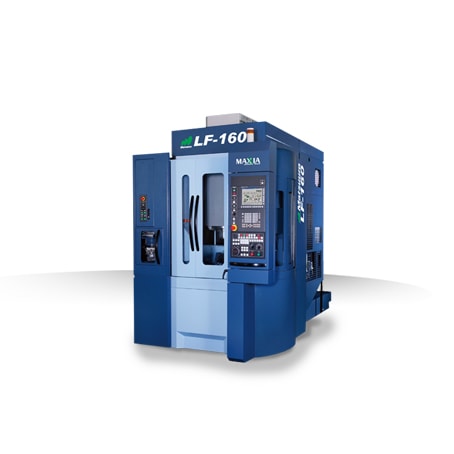
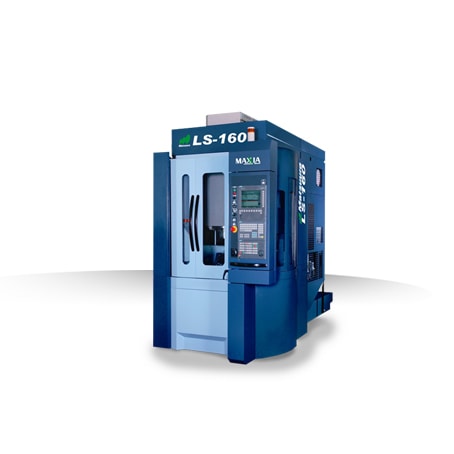
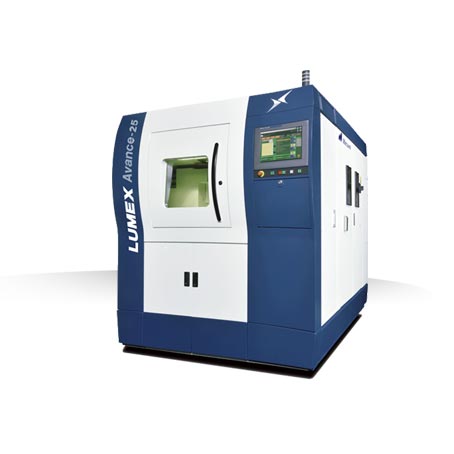
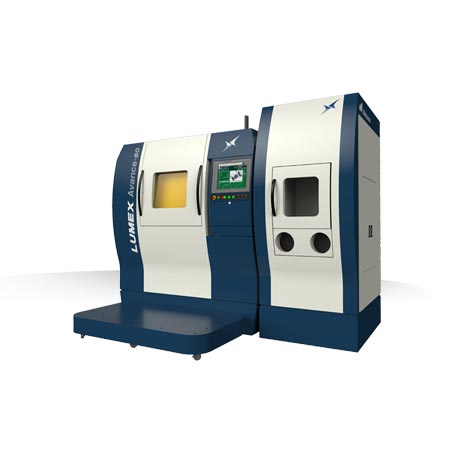
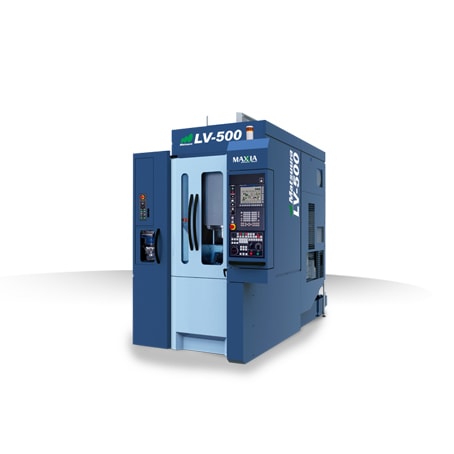
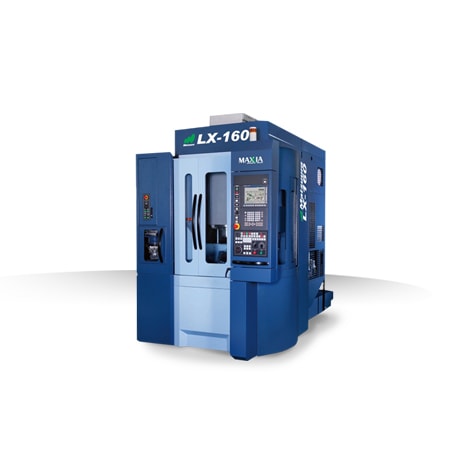

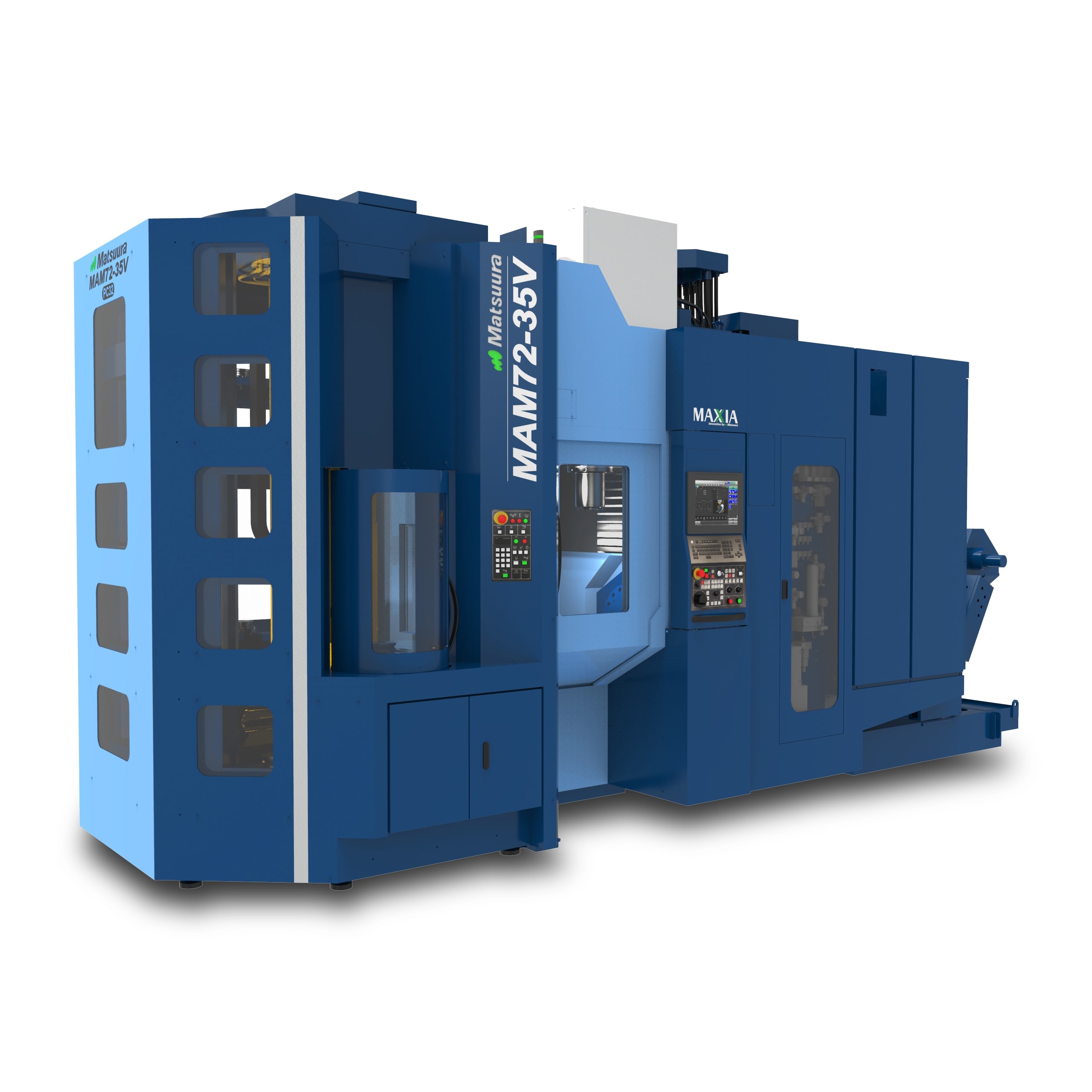
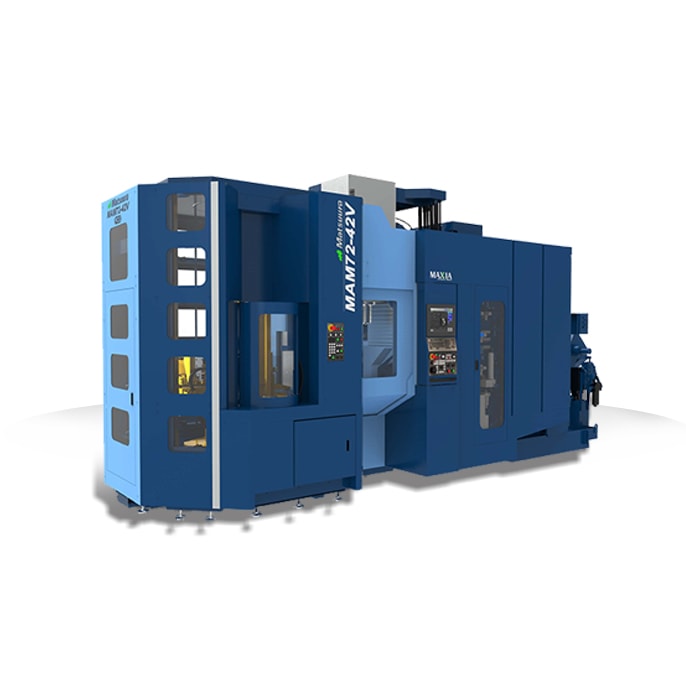
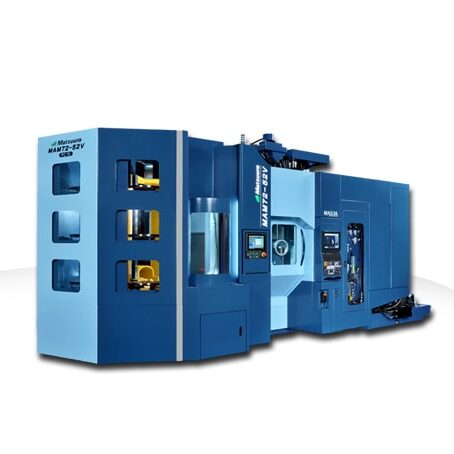
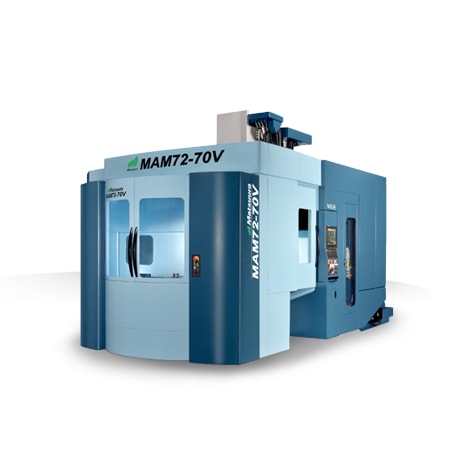
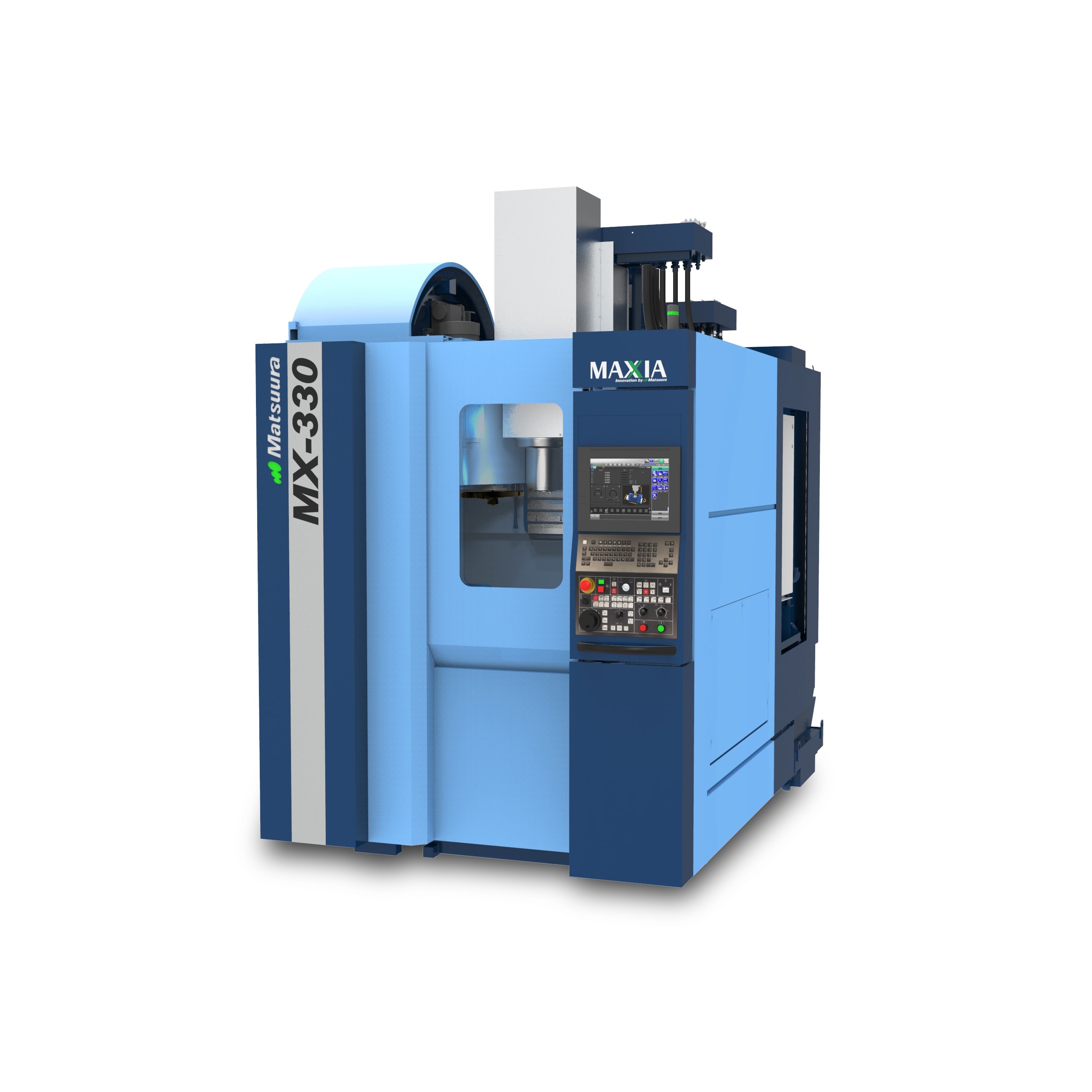
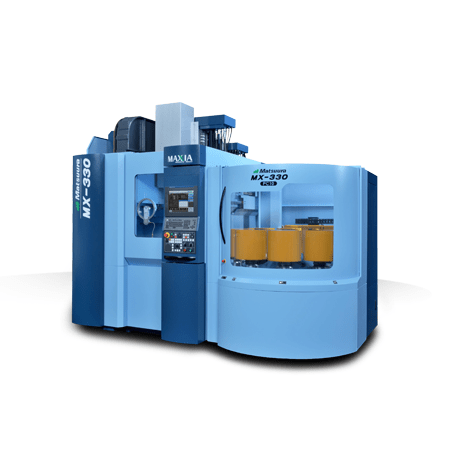
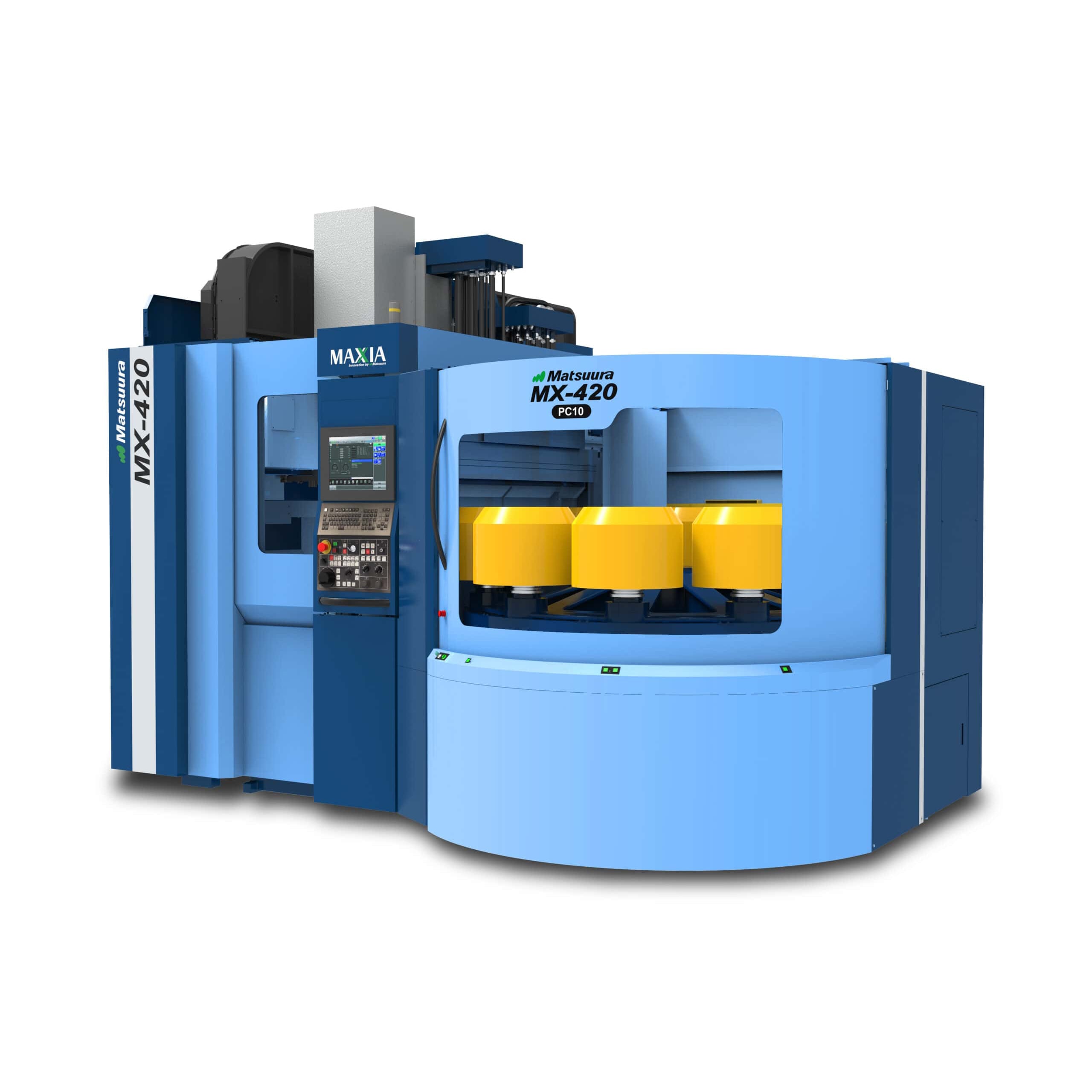
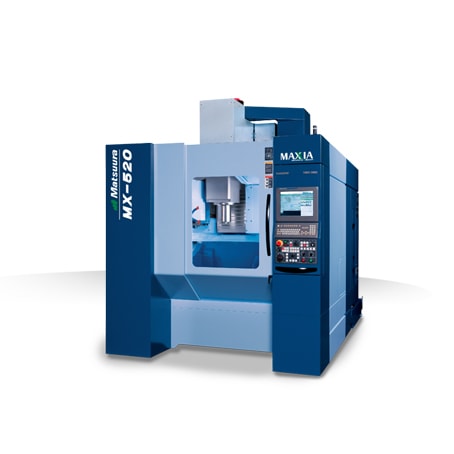
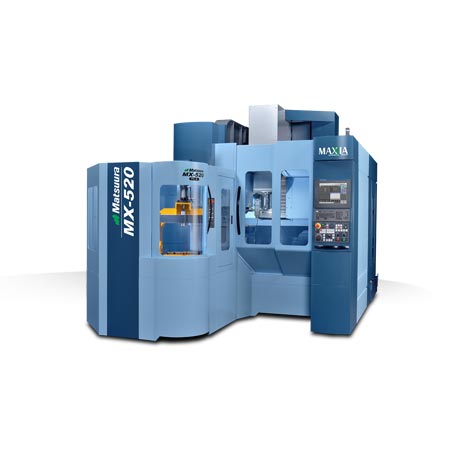
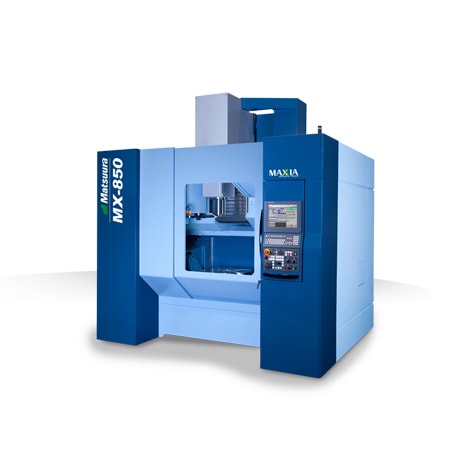
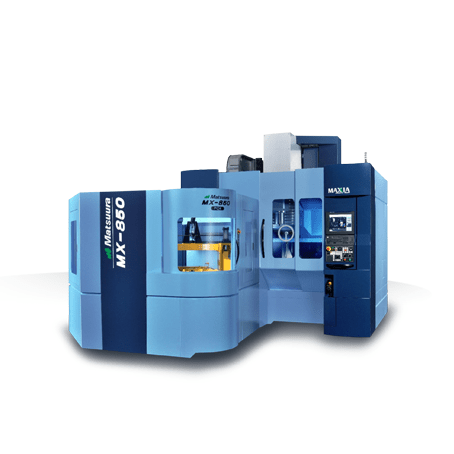
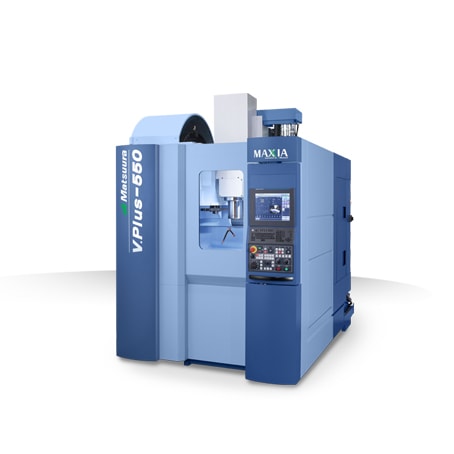
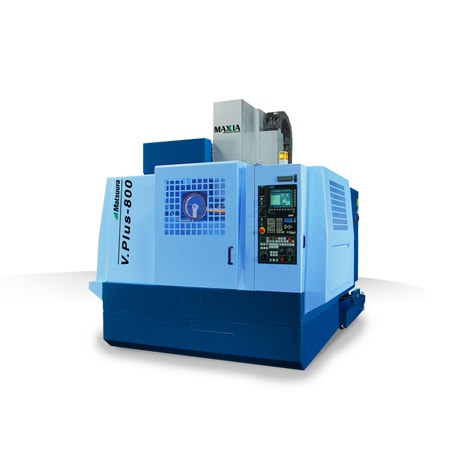
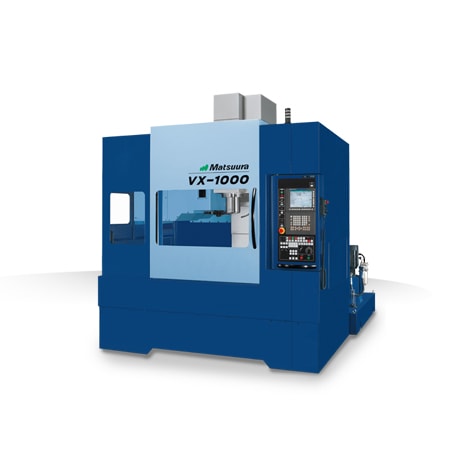
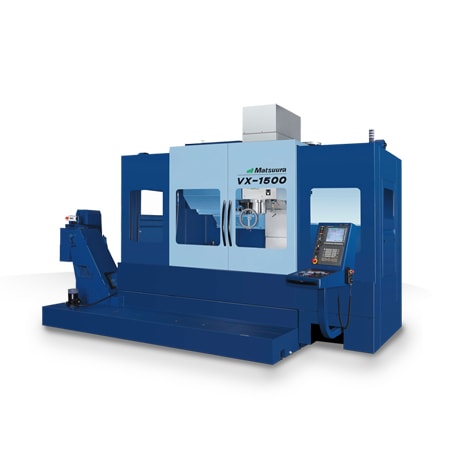
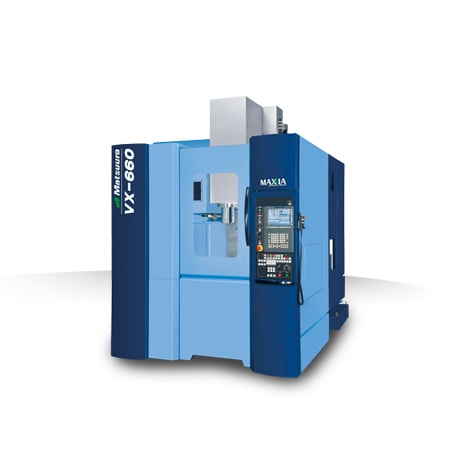
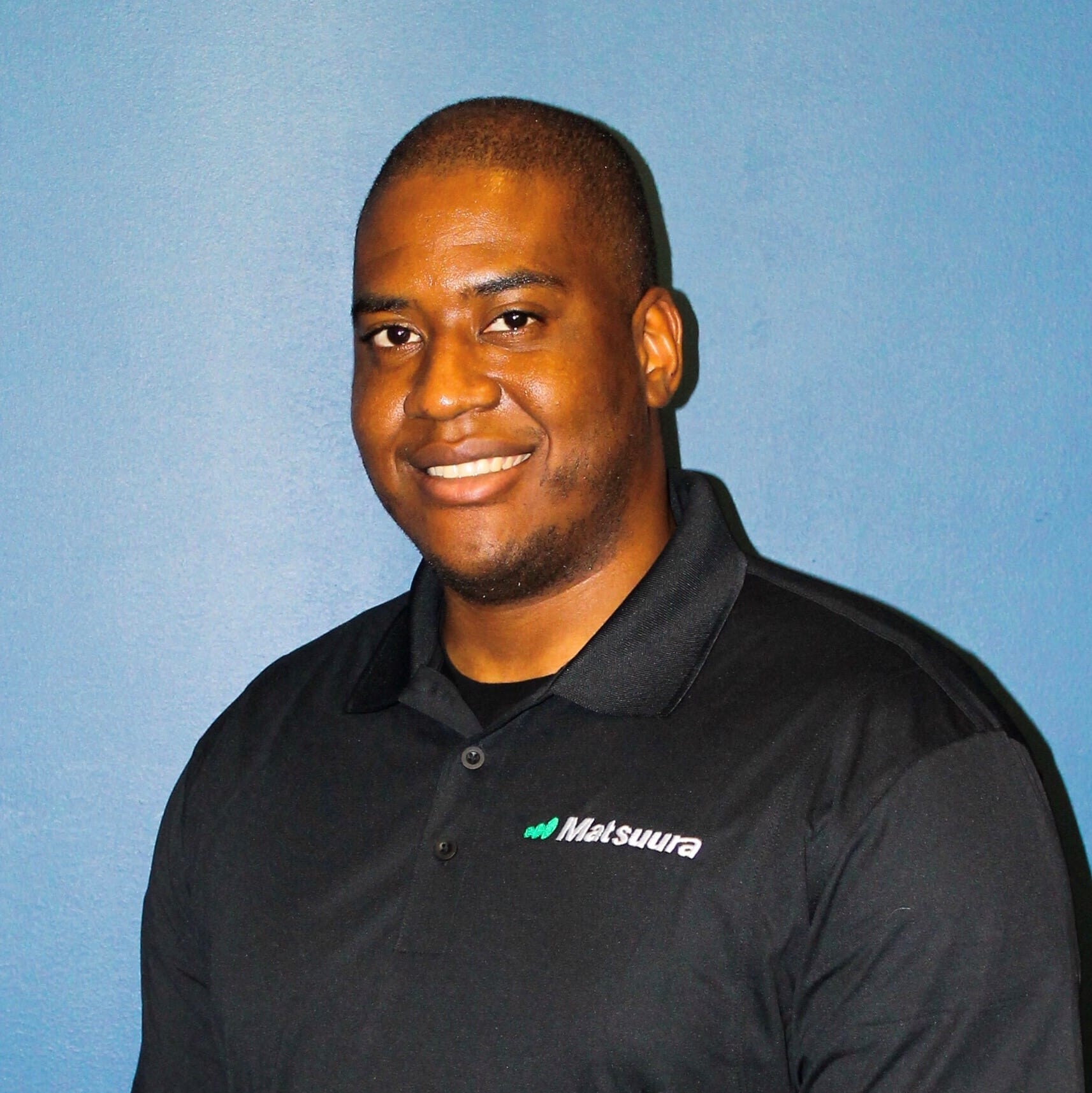 St. Paul, MN (July 10, 2019) — Matsuura Machinery USA, Inc. announces the addition of Odwain McKenzie to the Matsuura LUMEX Team. […]
St. Paul, MN (July 10, 2019) — Matsuura Machinery USA, Inc. announces the addition of Odwain McKenzie to the Matsuura LUMEX Team. […]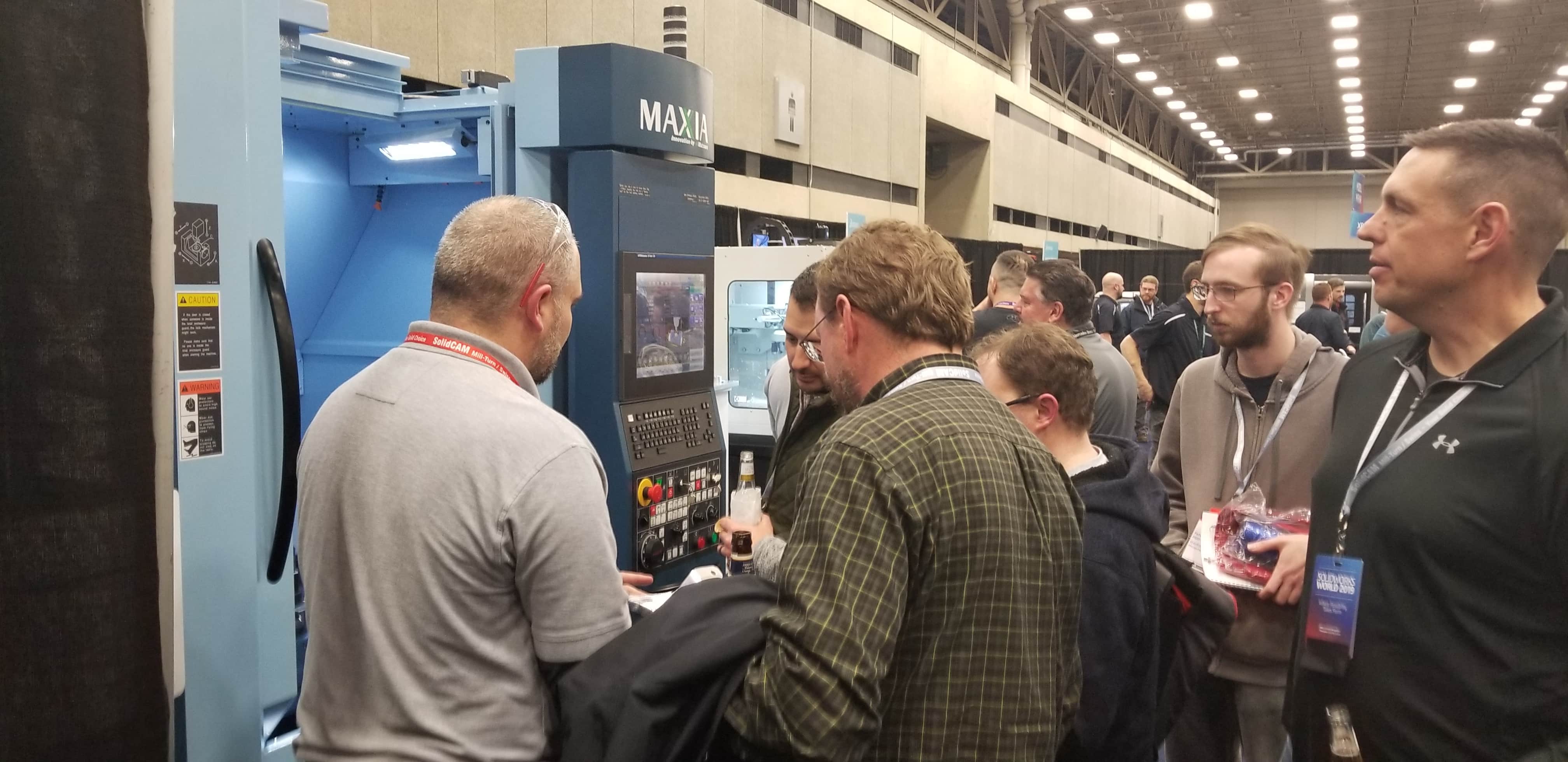 St. Paul, MN (July 8, 2019) — U.S. job growth rebounded in June as employers added 224,000 jobs, […]
St. Paul, MN (July 8, 2019) — U.S. job growth rebounded in June as employers added 224,000 jobs, […]